Explanation
Cheongchoho Lake, located in the center of Sokcho city, is a large natural lake with a circumference of 5 m and an area of 1.3 km2. The source water originates from the Misiryeong Valley of Taebaek Mountain Range and flows to the Cheongchocheon Stream and to this beautiful lake, and then continues to the adjacent sea. So, the lake is an intermediate stop between the river and the sea. Cheongchojeong Pavilion is located above the lake, offering an open view of Seoraksan Mountain and the East Sea. As it is situated at the end of the 75 m-long ocean bridge, you will feel standing in the middle of the lake and enjoy a panoramic view of the lake. Shining more at night, this pavilion is regarded as the best attraction for the beautiful night view in Sokcho. It also attracts visitors’ attraction with its sculptures of the blue and yellow dragons, which were established based on the local legend associated with Cheongchoho Lake. The trail built around the lakeside is equipped with a nighttime lighting system so that many people visit it at night and the benches for rest and appreciating the view. There are many attractions around the lake, such as Seokbong Ceramic Museum, bird sanctuary, etc. The Cheongchoho Lake Park was the venue of the International Travel Expo ’99 Kangwon and is known for its 73.4 m high Expo Tower Observatory.
Inquiry
+82-33-639-2690
Homepage
www.sokchotour.com
chungchoho.co.kr
Information Use
Years experience : Open to visitors of all ages
Experience Guide : Walking path
Contact and Information : • 1330 Travel Hotline: +82-2-1330
(Korean, English, Japanese, Chinese)
• For more info: +82-33-639-2690
Parking facilities : Available (120 spaces)
Day off : N/A (Open all year round)
Hours : Open 24 hr
More information
Activity Fees
Free of charge
Admission Fees
Free of charge
Restrooms
Available
Available Facilities
Observatory, walking path, park, Cheongchoho Lake Gaetbae (boat), restaurant, cafe, etc.
Location
Cheongchohoban-ro, Sokcho-si, Gangwon-do
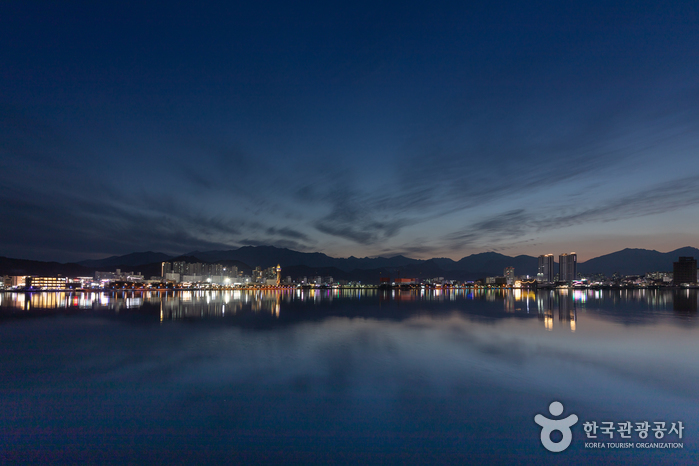
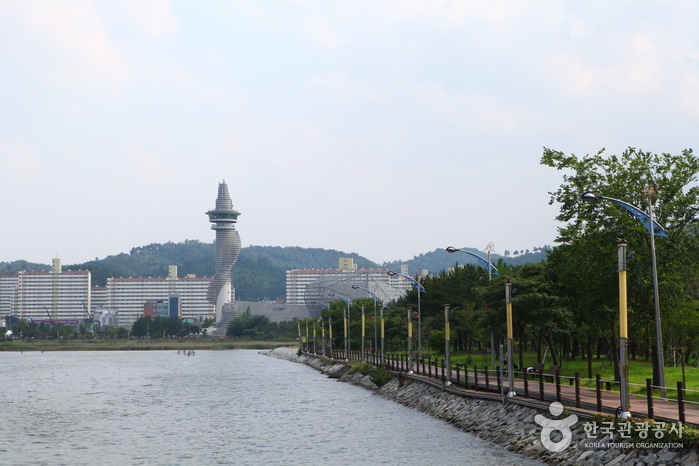
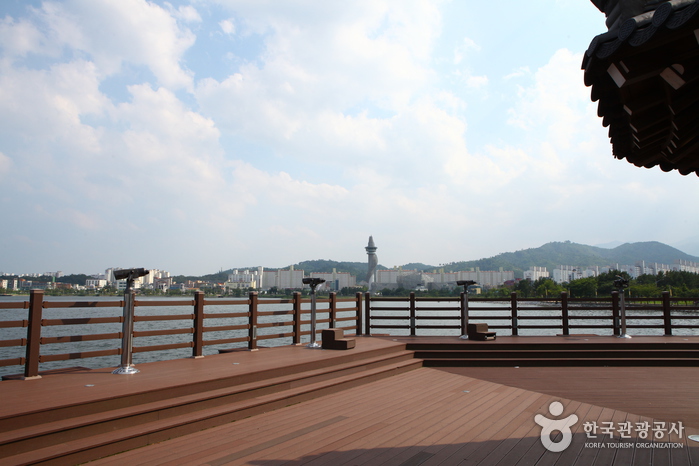
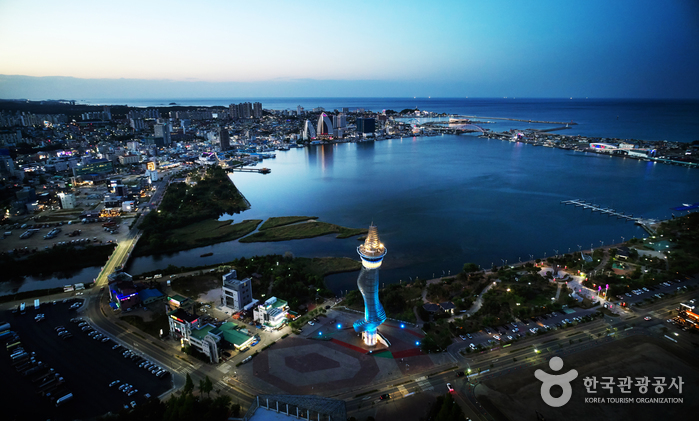
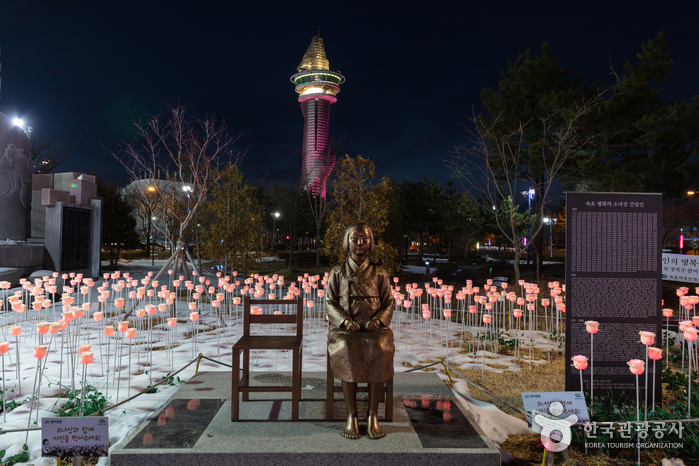
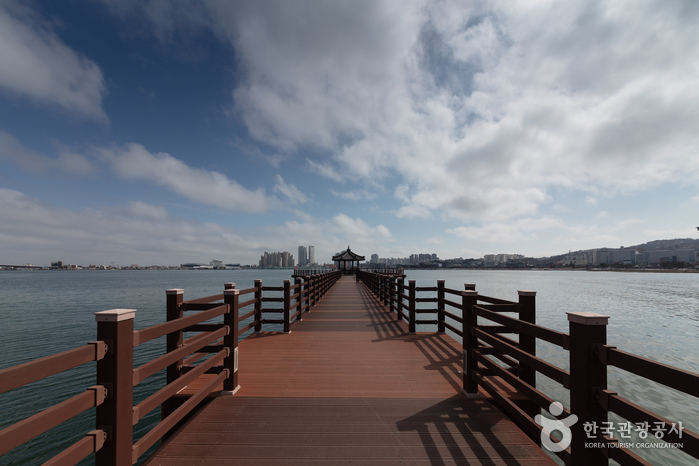
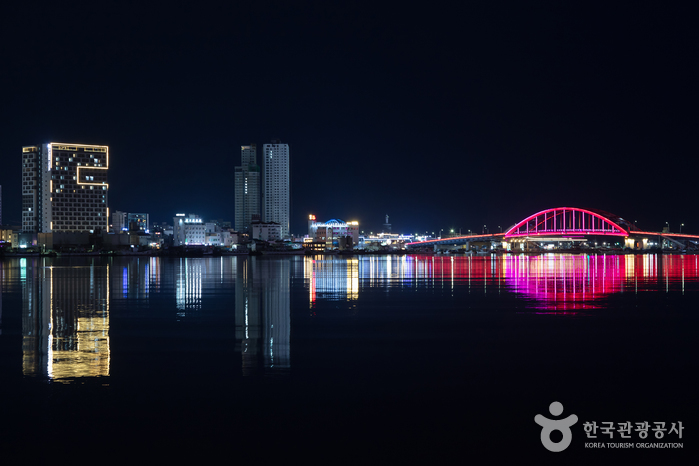
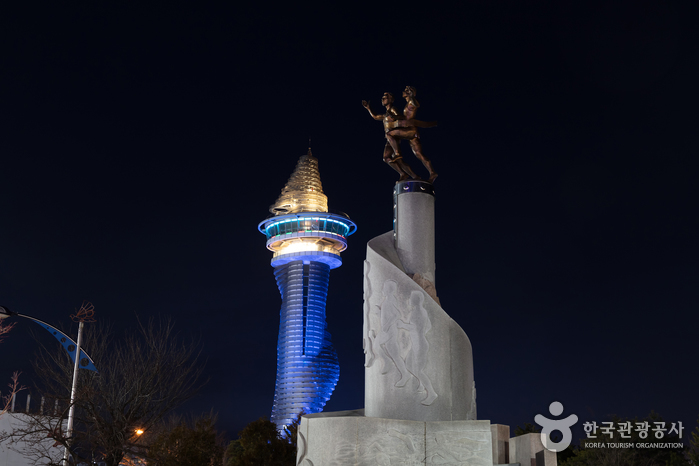
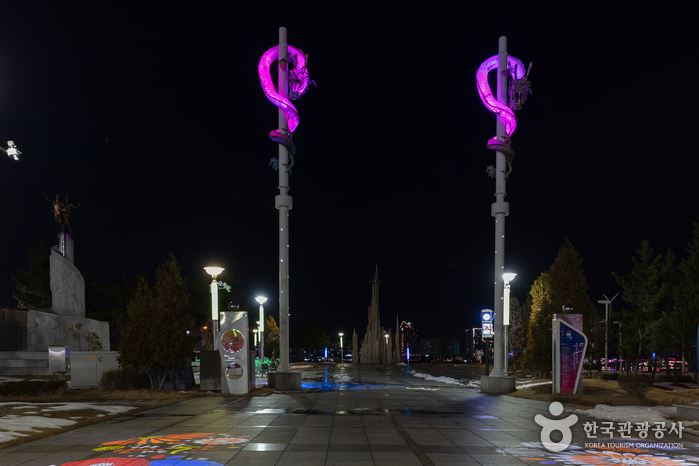
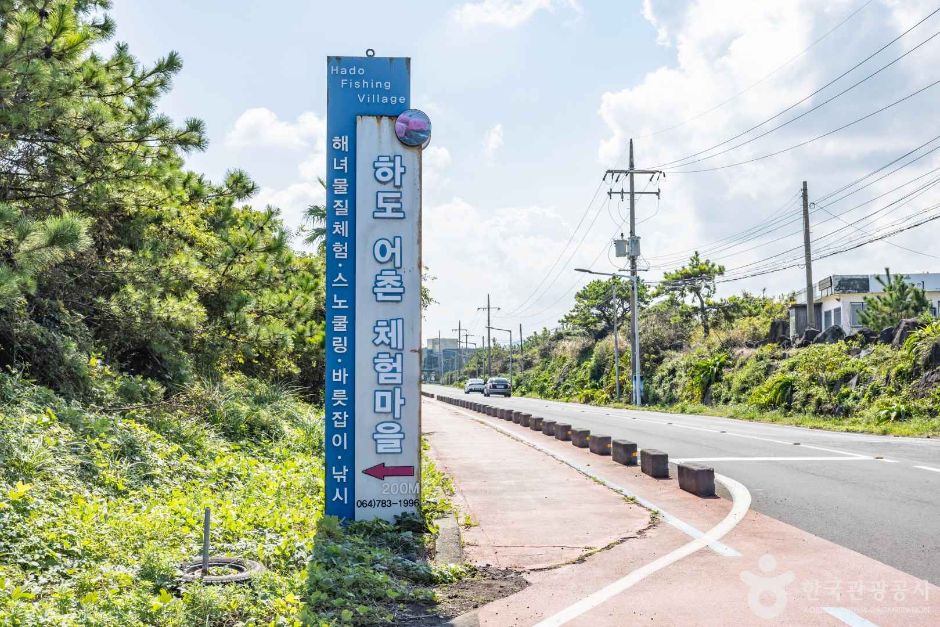
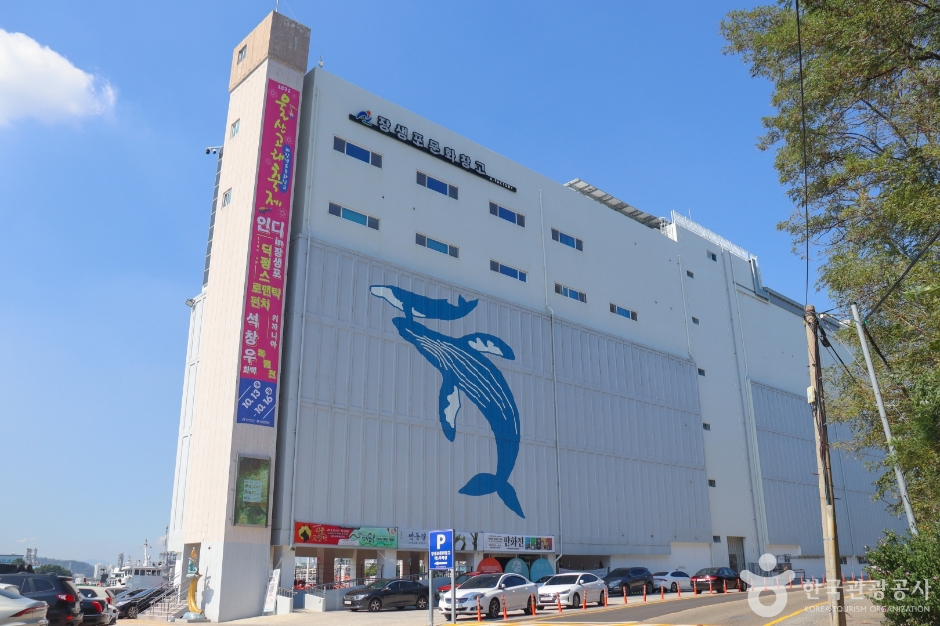
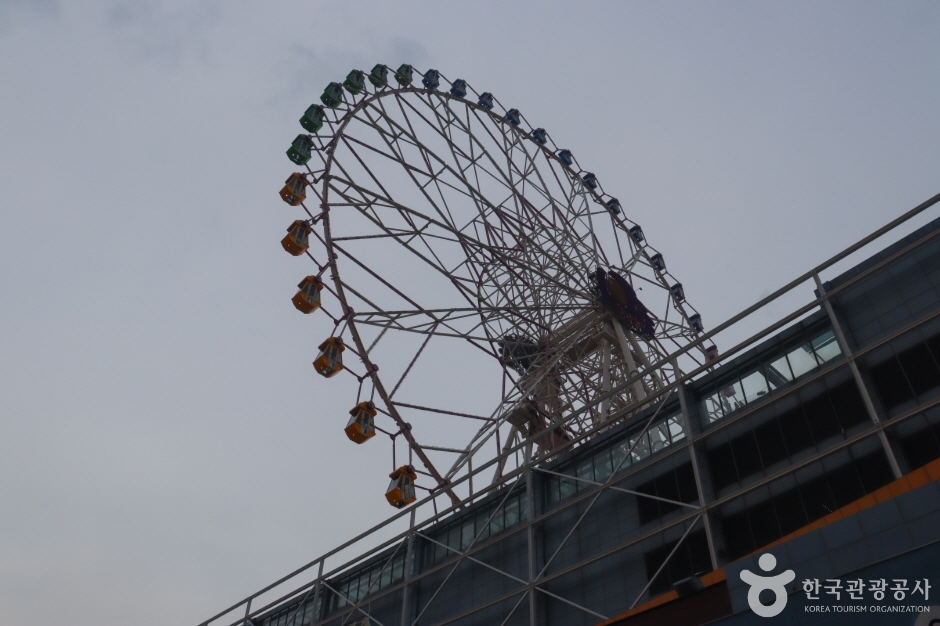
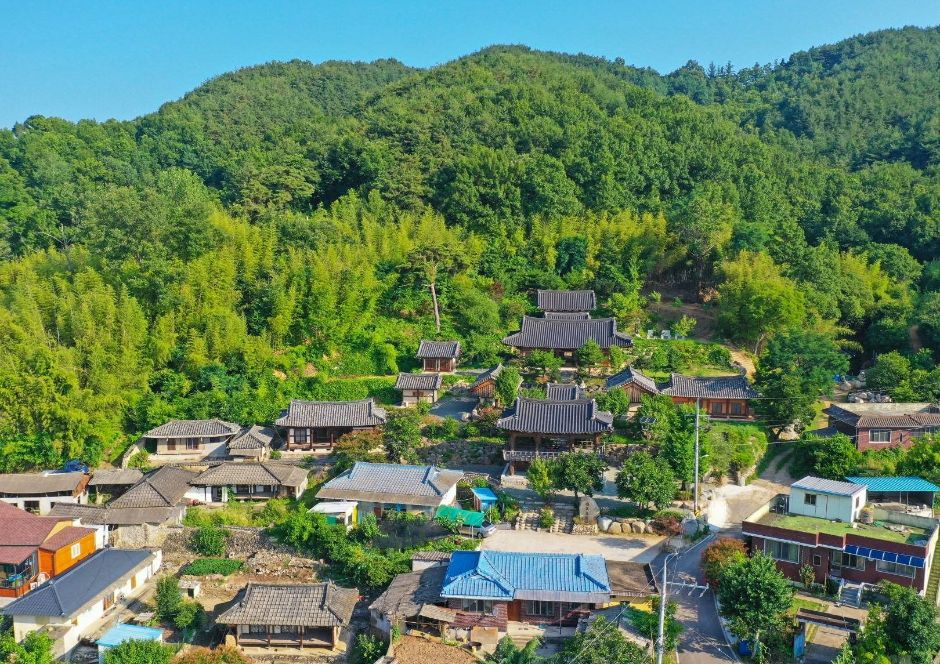

 English
English
 한국어
한국어 日本語
日本語 中文(简体)
中文(简体) Deutsch
Deutsch Français
Français Español
Español Русский
Русский